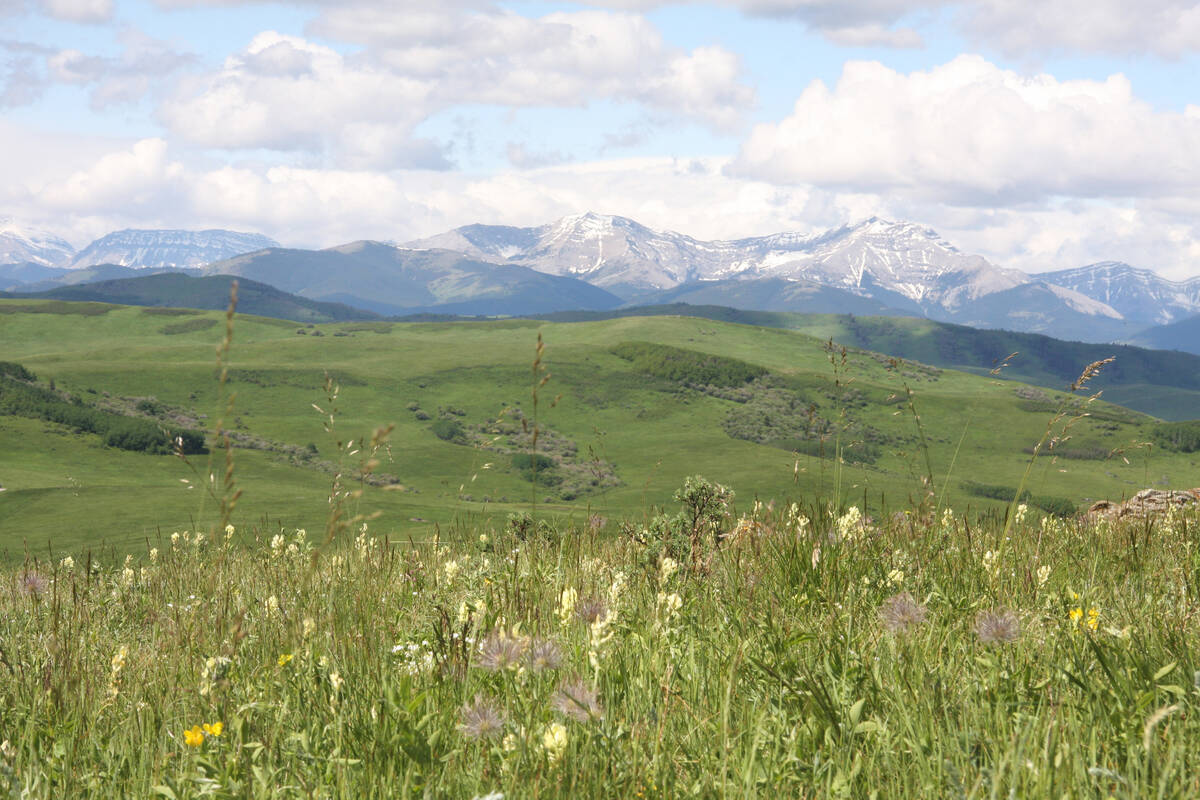Another day, another few thousand dollars in feed costs.
That’s the dilemma for people like Harry Dalke, a feedlot operator at Morden, Man. On each day that passes, he spends $2.60 for each of more than 2,000 cattle that he is feeding and hoping to one day ship for slaughter.
He has managed to move a small number of cattle by having them processed at local abattoirs and then selling the meat locally. But for him, and many other feedlot operators in Manitoba, nothing can make up for the loss of the United States market, which took the majority of the province’s fed cattle until exports ceased in May due to the single case of bovine spongiform encephalopathy in Alberta.
Read Also

Selenium not deal breaker in coal mining: expert
Environmental scientist weighs in on coal mining debates in Western Canada, explaining selenium and the technologies and practices to lower its concentrations in nearby waterways to coal mining operations
“It’s devastating for my feedlot,” said Dalke, who has been in the business of feeding cattle for 25 years. “We’re continuing to feed cattle at fairly high costs and we’re running low on feed.”
With only a small beef processing industry, Manitoba has relied heavily on the U.S. as a market for its fed cattle. Of the 160,000 fed cattle shipped for slaughter last year, including culled cows and bulls, two-thirds of them went into the U.S.
There’s a compensation program to help Canadian feedlots weather the storm. The program is designed to help offset the large drop in cattle prices that came in the wake of the border closure with the U.S.
However, Larry Schweitzer, vice-president of the Manitoba Cattle Producers Association, said the program is doing little for the province’s feedlot owners because cattle have to be sent for slaughter before owners can apply for compensation. Under current circumstances, there aren’t many options in Manitoba for getting the cattle sold and slaughtered.
Even though feedlots are adjusting their rations to avoid packing too much weight on the animals, there’s a concern it will become increasingly difficult to keep them healthy, said Schweitzer.
Losses to feedlot operators will also escalate rapidly the longer they hold animals that should be going for slaughter.
There’s concern that many feedlots will be wiped out in Manitoba if the U.S. border remains closed for several months. A lot of them already have their backs to the wall, according to government sources.
The Manitoba Cattle Producers Association wants government to allocate money for feed assistance to help those in areas where they cannot access adequate slaughter facilities.
“Some producers in those areas are running critically short on cash flow and, for them, the feeding assistance component was one last ray of hope for staying viable until border restrictions are reduced,” said a July 11 News release
news from the association.
Dalke said that in the past the cattle industry strived to remain as independent as possible. However, with a multibillion-dollar industry at stake, he said increased government support is critical.
“If they can spend $1 billion on gun control, surely that would not be too much to ask.”














